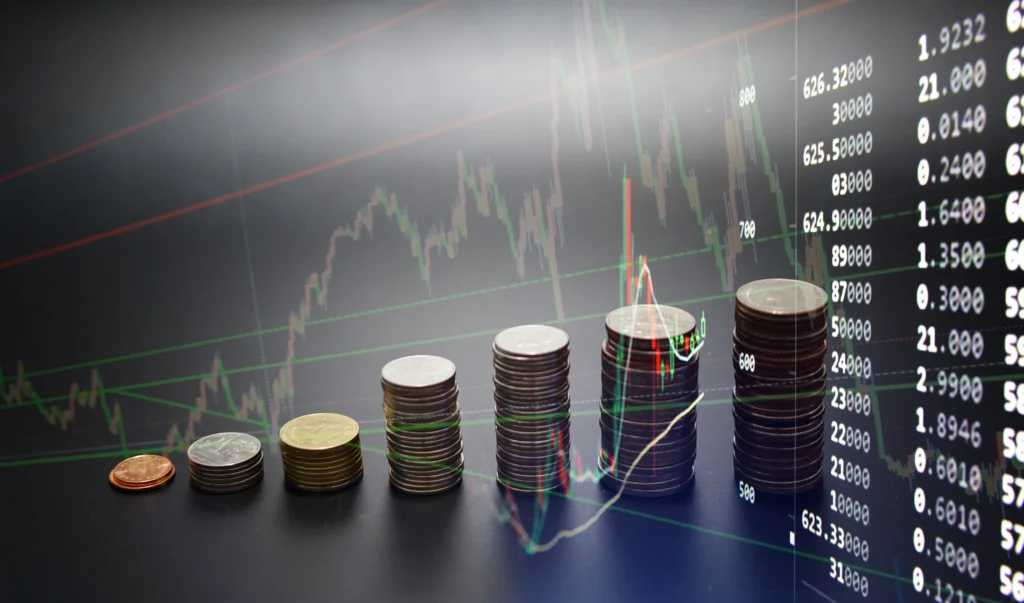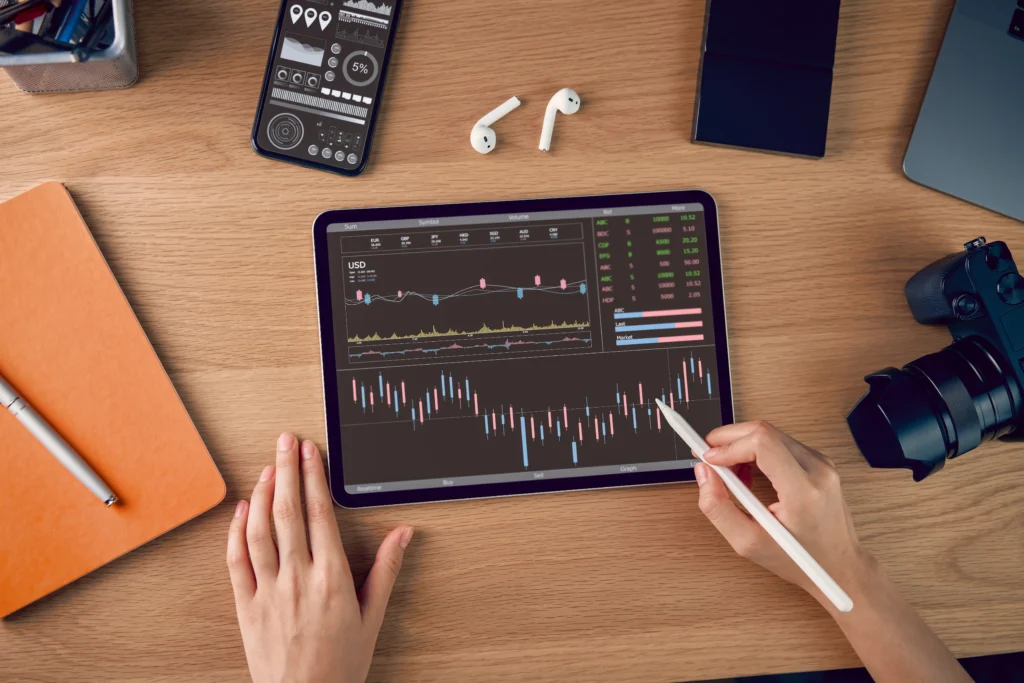Risk management is a cornerstone of successful forex trading. Without a clear strategy to manage potential losses, even the most promising trades can turn into financial setbacks. Forex risk management signals are designed to help traders mitigate risks while optimizing their trading decisions. By incorporating these signals into your strategy, you can protect your capital and achieve consistent profitability.
What Are Forex Risk Management Signals?
Forex risk management signals are trade recommendations that focus on minimizing potential losses and protecting gains. Unlike standard forex signals, these emphasize:
- Stop-Loss Recommendations: Clear guidance on where to set your stop-loss levels.
- Take-Profit Targets: Suggested levels to secure profits.
- Risk-to-Reward Ratios: Balanced parameters to ensure favorable outcomes.
These signals are particularly useful in volatile markets, where rapid price movements can lead to unexpected losses.

Benefits of Forex Risk Management Signals
Integrating risk management signals into your trading strategy offers several advantages:
- Capital Protection: Reduce exposure to significant losses by adhering to predefined limits.
- Consistent Performance: Achieve steady results with disciplined risk control.
- Improved Decision-Making: Focus on high-probability trades with favorable risk-to-reward ratios.
- Stress Reduction: Trade with confidence knowing your risks are managed effectively.
- Enhanced Learning: Gain insights into professional risk management practices.
Key Components of Risk Management Signals
Forex risk management signals typically include:
- Stop-Loss Levels: Exact price points to exit a trade if the market moves against you.
- Take-Profit Targets: Price levels to lock in profits and avoid overexposure.
- Position Sizing: Recommendations on trade sizes based on account balance and risk tolerance.
- Market Conditions Analysis: Insights into current volatility and trends.
How to Use Forex Risk Management Signals
To make the most of risk management signals, follow these best practices:
- Choose Reliable Signals: Work with trusted providers like FXTradeSignal for accurate and timely recommendations.
- Understand the Context: Analyze the reasoning behind each signal to align it with your strategy.
- Set Realistic Goals: Use signals to define achievable profit targets and risk limits.
- Stay Disciplined: Always adhere to the suggested stop-loss and take-profit levels.
- Monitor Market Conditions: Adjust your strategy as needed to account for changes in volatility.
Tools to Complement Risk Management Signals
Enhance your trading efficiency by combining signals with the right tools:
- Risk Calculators: Tools like Forex Calculators help determine optimal position sizes.
- Economic Calendars: Monitor events that could impact market volatility.
- Technical Charting Platforms: Validate signals using advanced technical indicators.
- Market News Feeds: Access real-time updates from sources like Market News.
- Mobile Apps: Manage trades and monitor signals on the go.

Conclusion
Forex risk management signals are a vital resource for traders aiming to navigate volatile markets with confidence. By providing precise recommendations on stop-loss levels, take-profit targets, and position sizing, these signals help safeguard your capital and enhance trading performance. Partner with reliable providers like FXTradeSignal to access high-quality risk management signals and build a sustainable trading strategy. With the right tools and discipline, you can achieve consistent success in forex trading.























